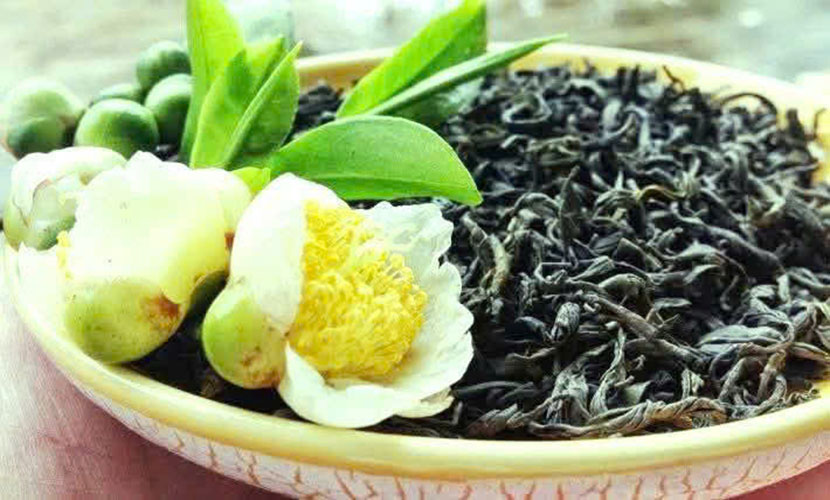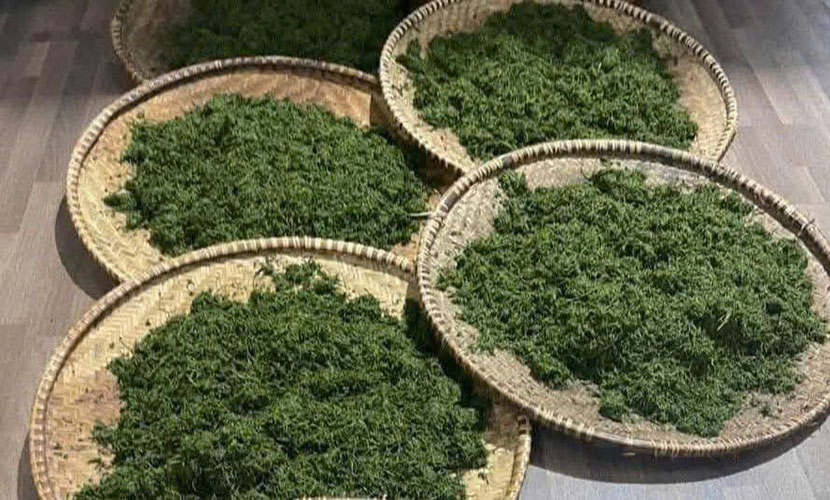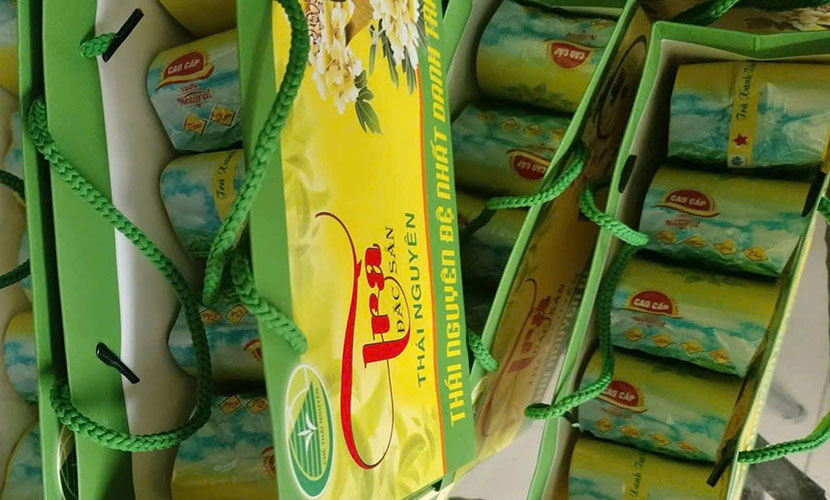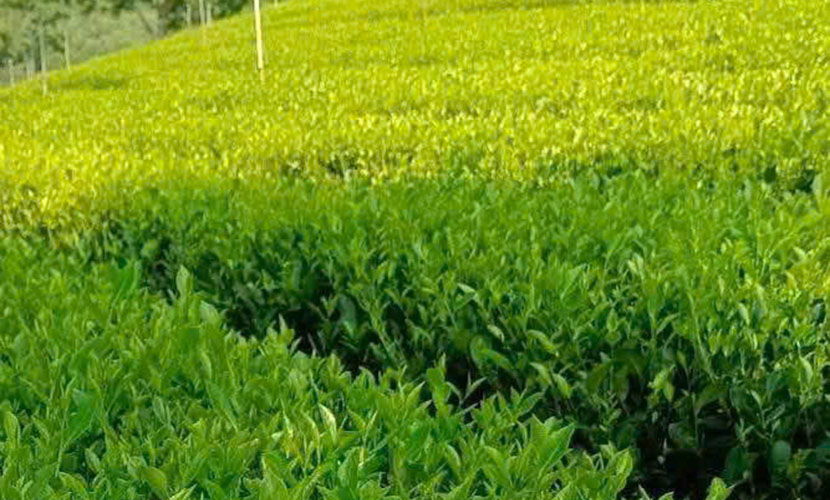
The domestic prices of Vietnam tea have been four times higher than the tea export prices. As a result, it has been marking a turning point for Vietnam’s tea industry. Once prioritizing export volume, many tea-growing regions have now shifted toward high-quality production to serve the domestic market.
In the past, black tea accounted for 60–70% of Vietnam’s export volume, but now green tea is taking over. Specifically, green tea now represents nearly 60% of total volume and up to 70% of export value.

Vietnam tea
However, it is the domestic market that is delivering outstanding value of Vietnam tea. In 2024, Vietnam exported nearly 150,000 tons of tea at an average price of $1.75/kg, totaling over $250 million.
Meanwhile, domestic consumption was only about 55,000 tons, but with an average price of $7.5/kg. Total domestic value reached $410 million, 1.64 times higher in value despite the significantly lower volume.
It is no surprise that major tea-growing regions like Thai Nguyen have proactively turned away from exports. Domestic tea prices now reach $7–8/kg, even higher than premium international markets like London (which range from $6–7/kg).
The economics are reshaping production mindsets, with many tea farmers no longer seeing international markets as the top priority. This shift is further underscored because green tea exports fetch an average price 1.53 times higher than black tea.
Nevertheless, Vietnam tea exports are stagnating. In the first seven months of 2025, export volume reached 69,900 tons, valued at $117 million. These figure showed a 10.9% decline in volume and a 12.2% drop in value compared to the same period in 2024. The average price of Vietnamese tea fell to just $1,674/ton, down 1.4%.

Vietnam’s green tea
Currently, Vietnam’s top three tea export markets are Pakistan, Taiwan, and China. These markets accounts for 35.7%, 11.4%, and 9.7% of total market share, respectively. Iraq saw strong growth (up 92.9%). In the meanwhile, United Arab Emirates experienced steep declines (down 56.3%). They highlighted the risks and volatility of Vietnamese raw agricultural exports.
In this context, the shift toward high-quality tea for domestic and premium international markets is a practical solution. In particular, scented green teas, especially jasmine tea, are gaining popularity among both local and global consumers.
This presents an opportunity for tea growers to build differentiated value chains. Additionally, this enhances competitiveness, and gradually reduces reliance on raw exports.
Many experts and policymakers emphasized the need to transform the tea industry’s development model. The government has approved a plan, in which the tea industry plays a pivotal role by 2030.
The first target of the plan is expanding total tea-growing area to 130,000–135,000 hectares. The second target is achieving fresh tea bud production of 1.4–1.5 million tons. The third is reaching $280–300 million in export value.

Thai Nguyen green tea
The forth is 20–25% of products are deeply processing for food, cosmetics, and pharmaceuticals. The fifth is over 40% of products should be modern forms such as tea bags, matcha, and sencha. Finally, 30–40% of tea cultivation areas should grant planting area codes.
To achieve these goals, the tea industry must restructure its varieties. Also, it should replace old midland tea bushes with high-quality green tea cultivars. Establishing centralized raw material zones, applying modern cultivation techniques, and promoting deep processing and product diversification are the key strategies for increasing long-term value.
From a local perspective, Mr. De, Vice Chairman of Nghe An province, stated that the province has a plan to zone tea-growing areas, consolidate land, attract investment in deep processing, and develop branded tea products. Agricultural development thinking must go beyond production. Specifically, it must clearly define identity, standards, and direction for each product line to maximize regional advantages and elevate the value of agricultural goods.

Vietnamese tea hill
He also stressed that localities should focus on developing high-end green teas for the domestic market. At the same time, they should upgrade exports from black tea to scented teas, Oolong, and other high-value varieties.
It is essential to create stable raw material regions with traceable origins and certified planting area codes. This is the foundation for accessing premium markets and establishing the Vietnamese tea brand.
Above all, the tea industry must recognize that today’s agricultural products are not just consumer goods, but cultural assets that carry regional identity. Consumers are willing to pay more for uniqueness. Therefore, the mindset of creating ‘distinctive commodity products’ will be the key for Vietnamese tea to increase its value. This approach also supports sustainable development and provides stable livelihoods for tea growers nationwide.
Vietnamese source: https://thuonghieusanpham.vn/tu-luong-sang-chat-che-viet-chinh-phuc-thi-truong-noi-dia-81878.html
